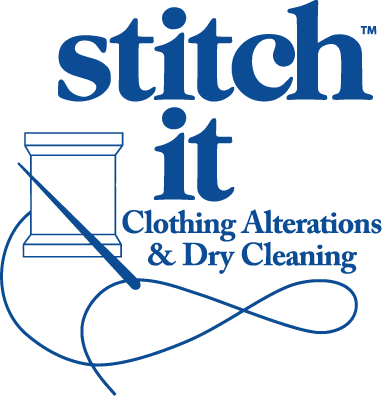Glossary Terms
Machine stitches sewn with zero stitch length to keep from pulling out, or the end of seam when you stitch backwards for a few stitches to anchor the stitch.
Strong stitch that doubles back on the last stitch-perfect for securing seams and mending. There are a variety of backstitch styles; one version is the pickstitch.
True bias is a cut made on an angle 45 degrees to the selvage. This direction allows for the most stretch. Bias refers to any line diagonal to the crosswise and lengthwise grains. Most bias pattern pieces are laid on the true bias; the grainline arrow and the pattern’s layout instructions will help you align your pattern pieces.
Also called bias tape, a bias cut strip used to bind or cover edges. Slightly stretchy, it sews neatly around curves. Can be purchased ready-made or cut from fabric.
A hemstitch used to join an edge to the inside of a garment. It is formed with cross-shaped stitches on either side of an edge.
A presser foot with a circular opening that doesn’t clamp down over the fabric and is used with dropped feed dogs for free-motion stitching or mending
Hand stitch used to smoothly join two layers of fabric-usually not always a seam. Also a decorative hand stitch.
Stitches works from the right side to pull a seam together invisibly. Stitches travel in fold fabric.
The orientation of the threads in woven fabric: lengthwise and crosswise. The lengthwise grain is parallel to the selvage and is the warp; cross-grain threads cross the grain and are perpendicular to the selvage.

